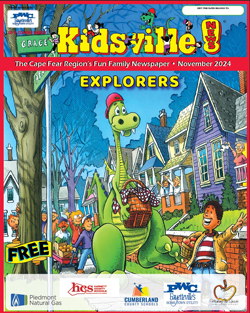Aging in Place
The odds are great that your parents will want to stay in the familiar surroundings of their own home and not move anywhere else permanently — not to a condominium in Florida, a retirement compound in Arizona or a nursing home across town. Still, there are some important barriers to seniors remaining at home. Fortunately, recent innovations have made what is called “aging in place” much easier, safer, more practical and more enjoyable for seniors who remain at home.
A book, Stages of Senior CARE: Your Step-by-Step guide to making the Best Decisions, written by Home Instead Senior Care® founders Lori and Paul Hogan, discusses the concept of “aging in place.” Today, many seniors can remain in their homes, while making the appropriate changes to keep up with their changing needs.
Here are some trends from Stages associated with the aging in place model:
Universal Design to Make Living Easier
With the retirement of 78 million baby boomers now under way, the National Association of Home Builders (NAHB) has given more thought to creating a house that will last a lifetime, that is, one that will be easily habitable no matter what the age of the occupants or their handicaps, such as difficulty with sight, hearing or mobility. Universal design is intended to accommodate such needs.
Anticipate Safety Concerns and Make Improvements
Most seniors will want to stay in the home they have lived in for many years, and the odds are that their home was not built with senior compatibility in mind. However, there are many improvements that can be made in the house immediately and inexpensively. Suggest to your parents that they contact a local Certified Aging in Place Specialist (CAPS)-trained remodeler to adapt their home.
Aging in Village: Networks of Services
A movement that shows great promise for supporting and supplementing the adaptation of the home to the changing needs of seniors is the aging-in-village initiative. A pioneer in the movement is Beacon Hill Village in the heart of Boston, founded in 2001 with the stated purpose of enabling a growing and diverse group of Boston residents to stay in and around their own homes.
Naturally Occurring Retirement Community
A companion movement to the aging-in-village strategy is the naturally occurring retirement community (NORC). NORCs are sponsored by government agencies, both federal and local, and philanthropic groups. Currently found in many U.S. communities, NORCs are expected to become more common as the population ages.
Multi-generational Homes
Multi-generational homes are very common. On a local level, more families are adding suites to their existing homes to accommodate senior loved ones. Motorized chairs are advertized constantly to restore a senior’s lost independence. Bathroom remodeling has become big business, which is demonstrated by the number of television ads for these companies. These are just a few of the considerations when looking into helping a parent to “age in place”.
A great Christmas purchase would be Stages of Senior CARE: Your Step-by-Step guide to making the Best Decisions, if you need in-depth answers on how you can best prepare for your parent’s care.
The book is available at Amazon.com and Barnes & Noble. Get more information about senior-related services through www.caregiverstress.com.
Photo: Today, many seniors can remain in their homes, while making the appropriate changes to keep up with their changing needs.

 How to resolve AdBlock issue?
How to resolve AdBlock issue? 








